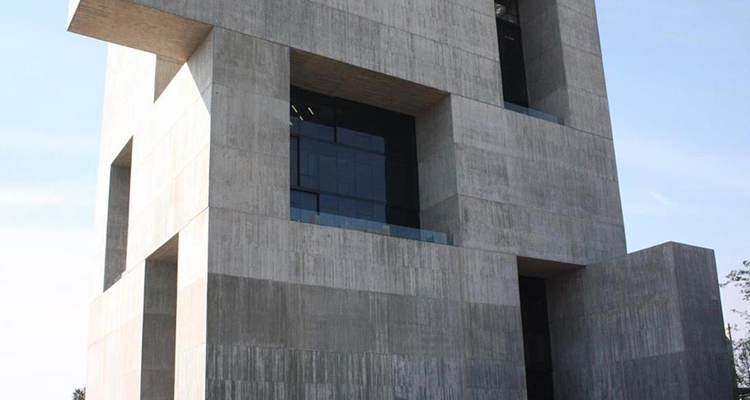Adjustable Facade

Summary
This technology is designed to manage the visual, light and solar performance of building facade systems by incorporating intelligence into their design and operation.
The design per se entails an iterative process involving laboratory measurements and modeling with low-cost prototypes, whereas in term of operations, this technology is used to manage how the facade interacts with the outdoor weather conditions to deliver the most appropriate operating conditions according to the building’s interior requirements.
This facade system consists of fixed and mobile sunscreens that react according to the indoor conditions, based on photometrics of the interior space, without the need for costly sensors for implementation, operations or maintenance.
Advantages/Potential Benefits
- Enclosure design process is based on a methodology that minimizes the performance gap in buildings.
- Reduces energy consumption and boosts the quality of buildings’ indoor environment.
- Low-cost and easy-to-implement automated system
Development Status
TRL-5 Adjustable Facade Prototype has been validated in a relevant environment
Opportunities
- Lowers the operating costs in buildings with translucent facades.
- Can be implemented in buildings currently under operation or during the design or construction stage.
Research Team
- Claudio Vásquez, UC School of Architecture, Design and Urban Studies
- Renato D’Aleçon, UC School of Architecture, Design and Urban Studies
- María Molinos, UC School of Engineering
- Luciano Chiang, UC School of Engineering
